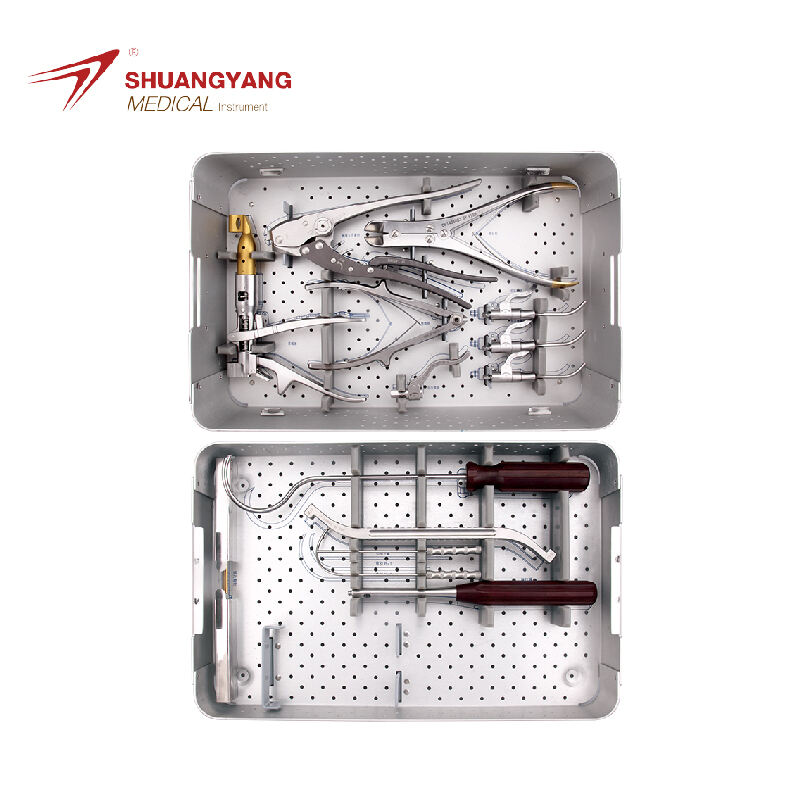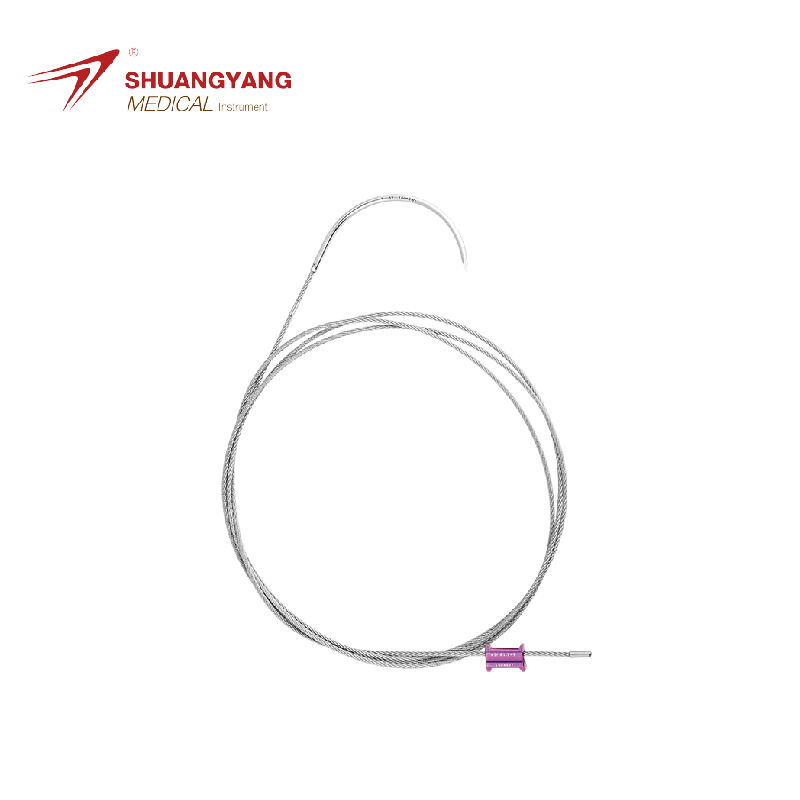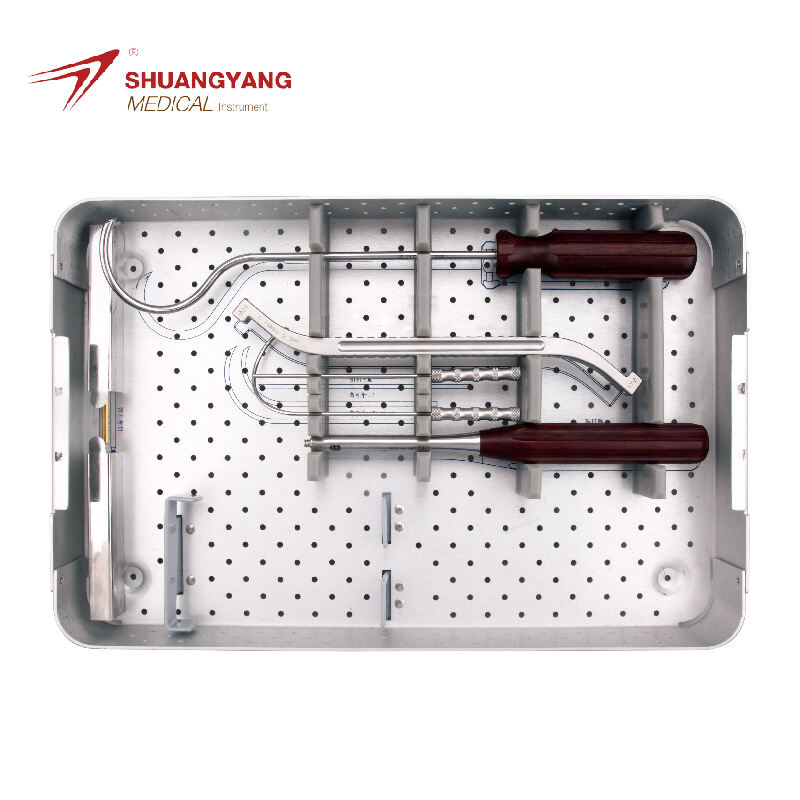lumbar vertebrae surgery
The lumbar vertebrae surgery is a specialized medical procedure designed to address conditions affecting the lower part of the spine. Comprising five large vertebrae, the lumbar spine supports the weight of the upper body and allows for a wide range of motion. This surgery utilizes advanced technological features such as minimally invasive techniques, intraoperative imaging, and spinal stabilization systems. The main functions of lumbar vertebrae surgery include the relief of back pain, restoration of spinal stability, and improvement of neurological function. Its applications are diverse, from treating herniated discs and spinal stenosis to addressing degenerative diseases and spinal fractures.


